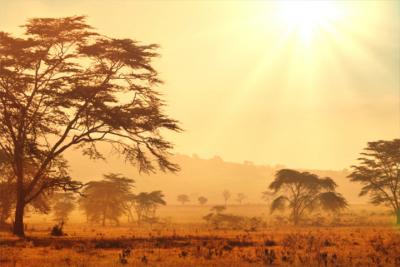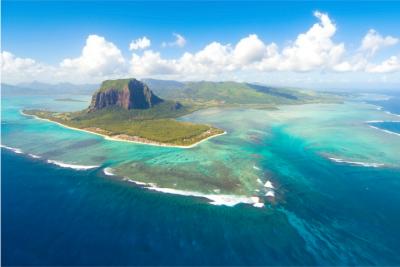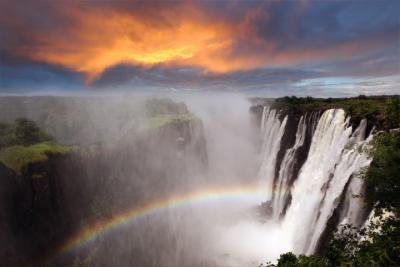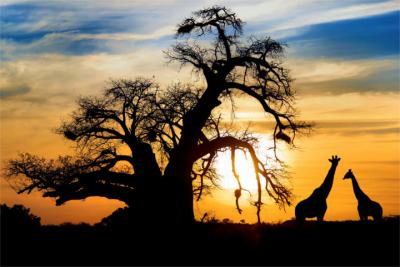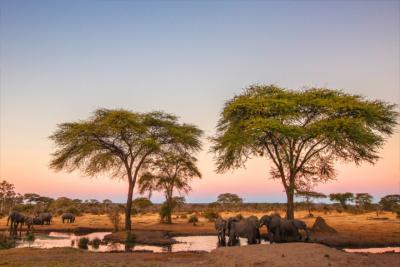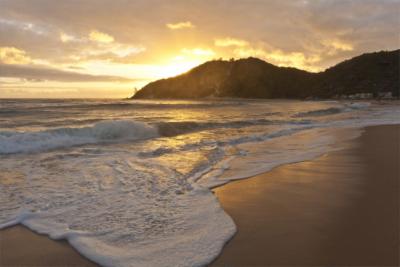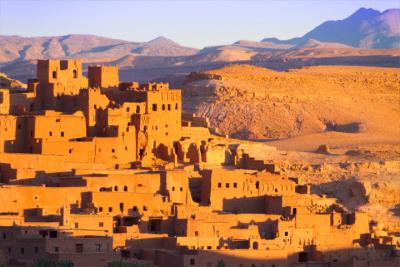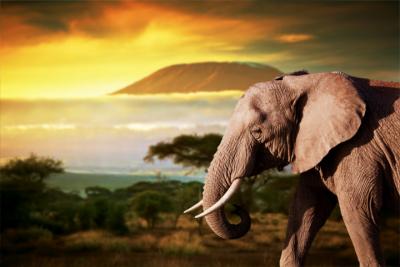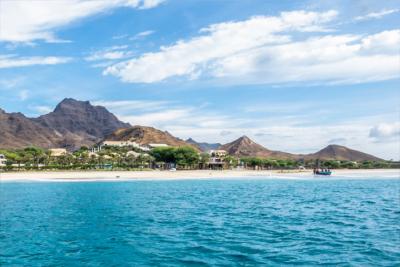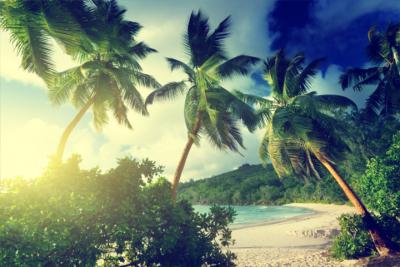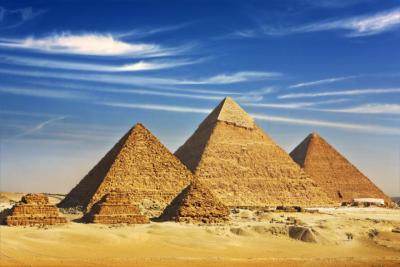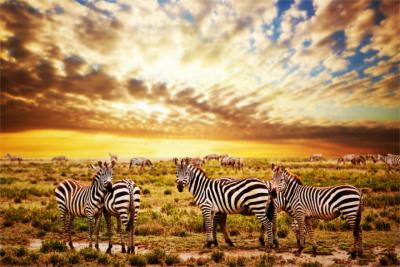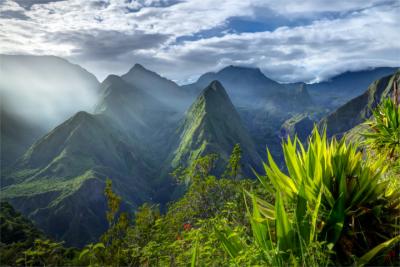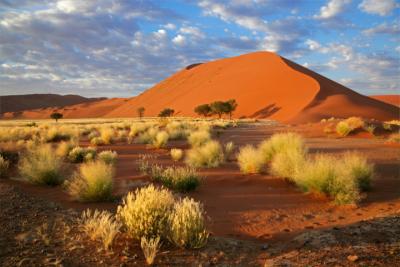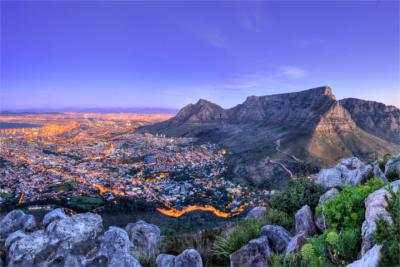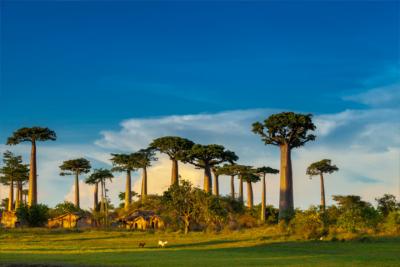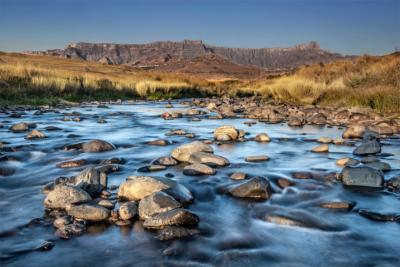Travel Offers
Travelmyne Featureprint
Distance
Kenya - In the Realm of Lions and Elephants
You have never heard of the Big Five, popos and Swahili? Then it is about time that you come to Kenya. From the world capital of the safari you travel into the savannah to the greatest African herds of elephants and lively giraffes. Majestic lions lounge in the sun and the snow glistens on the white Kilimanjaro.

Geography - From mountains covered in snow over vast savannahs
The Republic of Kenya lies at the Indian Ocean in the east of Africa and borders on the neighbouring countries Ethiopia, Somalia, Tansania, Uganda and South Sudan. The country is crossed by the Tana, Sabaki and Kerio River, and it is characterised by vast hilly landscapes and tableland in the west. Here you find the typical African savannahs as they are known from postcards and souvenirs. Visitors love the many wonderful bays and solitary lagoons at the east coast. Kenya has been divided into 47 so-called counties since 2010. The country's highest peak is called Batian. It is 5,199 metres high and part of the Mount Kenya. The most popular photo scene, however, is dominated by a different mountain - the white peaks of the breathtaking Kilimanjaro. Kenya can be divided into two climate zones. The regions which are located at a height of over 1,800 metres - and are therefore highland - are considerably colder than the regions at Lake Victoria or at the coast. The temperatures in the plains can reach up to 30 °C.

Nature - Giraffes, zebras and antelopes
Kenya fascinates with a diverse flora and fauna and displays the typical African landscape. Besides the herds of wild animals which ramble about the savannah, the highest African massif Kilimanjaro, hot deserts and juicy green jungle and mangrove forests, Kenya offers magical sandy beaches with coral reefs at the coast which are very rich in fish. As the hunt for the valuable ivory is strictly prohibited now, the stock of native elephants is regularising and animal lovers can watch these grey giants at close range again. Kenya's elephants have the greatest tusks in the whole of Africa. Giraffes, wildebeests and zebras are as typical of the Kenyan fauna as ostriches and antelopes. They all share the country on the equator.

Natural sights - On safari through the country
If you have not been on safari in this country, you have not truly experienced Kenya. The gigantic conservation areas around Nairobi and in the heartland are excellently suited for detecting Africa's Big Five - the African elephant, the rhinoceros, the buffalo, the cheetah and the lion - in a Jeep, safari bus or even in a hot air balloon. The national parks constitute an important branch of tourism in the country. The greatest one is the Tsavo National Park, the home of the lions. Visitors have very good chances of getting closer to the elephants in the David Sheldrick Wildlife Trust. Great populations of ostriches ramble through the Ostrich Park. Tourists who want to explore Kenya's flora should visit the Nairobi Arboretum, which accommodates wonderful and very rare types of trees. In the north of the Serengeti you find the Maasai Mara National Reserve. From July to August visitors have the unique opportunity to experience the gigantic migrations of herds of buffaloes, zebras and impalas at first hand. Another visual highlight is located in the Nairobi National Park. Where else in the world can you marvel at giraffes and other wild animals against the backdrop of a city skyline?
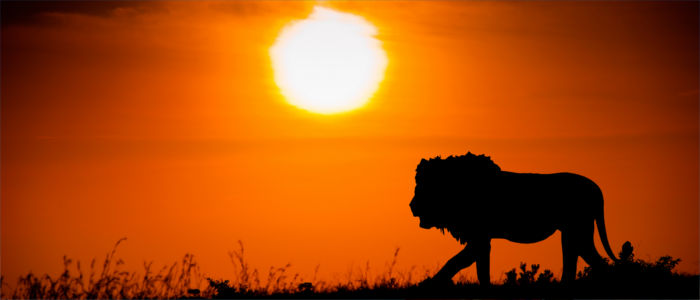
Culture - From the Australopithecus to the long-distance runner
The first prehistoric men, for example the Australopithecus, already lived on the territory of present-day Kenya four million year ago. Before the colonisation the indigenous African tribes such as the Maasai led a quiet life in accordance with nature. The colonial time began in Kenya in 1885 with Germany as the first ruler. A few years later, Germany passed the country on to Britain and in 1920 it was considered an official crown colony. Kenya only gained independence in 1963 and is home to over 40 different ethnic groups as well as about 50 languages and dialects today. Swahili and English have been the country's official languages since the 1990s, the latter is colonial heritage. Besides tourism, agriculture constitutes a significant part of the economy. While coffee, sisal and tea are export hits, maize, sugar cane and cotton are mainly grown for the population. In 2003, Kenya outran Jerusalem as the greatest exporter of flowers worldwide. The country's biggest and most important cities are the capital Nairobi, Mombasa, Kisumu and Nakuru. Furthermore, the world's best long-distance runners come from Kenya. They frequently win Olympic medals. The country's population is quite young on average and open-minded with regard to culture but there are still many inhabitants who revert back to old traditions.

Cultural sights - The sounds of the Maasai
There are very exciting cultural highlights in Kenya. The Olorgesailie Prehistoric Site provides an impressive insight into the world of the prehistoric men. You find numerous Kenyan museums all over the country. Worth mentioning are the Nairobi National Museum, Fort Jesus in Mombasa, Hyrax Hill in Nakuru or Takwa on Manda Island. Nairobi itself is the venue for many fantastic dance and music shows, which give holidaymakers an understanding of Kenya's traditional folk music. Visitors should definitely not miss out on the programme of the Gonda Traditional Entertainers. An appealing place at the Kenyan coast is the small town Lamu. The charming alleys of its old part of town and the colourful backyards invite travellers to dream and stroll. The preserved Swahili architecture which you find there is part of the UNESCO World Cultural Heritage. Forgotten villages like Mkwiro convey an authentic impression of the Swahili culture.

Experience - Ugali, popos and wood craft
While you are in Kenya, act like the Kenyans - that is the motto, at least when it comes to the menu. The local cuisine is very common in the country and you only get international dishes in the big tourist centres. Besides rice, a basic food is the grey-yellow ugali, a filling maize porridge. It is served as a side to all dishes. Very delicious specialities are the chapatis and samosas. Chicken is the preferred choice of meat and dominates the menu in various versions. Beef, on the other hand, is rather rare and only served at special occasions or for guests under the name of "meat". The Kenyan cuisine likes using local fruit such as pineapple, mango, orange or papaya - called "popo" by the locals. The national drink is a remnant of the time of British rule: tea with milk. Travellers interested in an authentic souvenir should have a look at the colourfully painted carvings, creatively shaped soapstone or the traditional gold work. Leatherware and spices are also popular.

Activities - Going shopping in Mombasa, hiking on Mount Kenya and diving in front of Wasini Island
Tourists can experience a lot in Nairobi alone. The cosmopolitan capital with its many skyscrapers does not lose African charm as it is located in nature. You can go on shopping tours here, but also in Mombasa and Malindi. Most safaris start in these tourist centres with Nairobi itself as the "world's safari capital". Travellers who do not want to go by Jeep can explore the national parks on the back of a camel. Hikers can pursue their hobby on Africa's second highest peak, Mount Kenya, but you best reach its icy heights by Jeep. The mostly unknown scrubland in the north of Kenya is the ideal destination for adventurers. Wasini Island in front of Tansania is just as mysterious. Especially beach holidaymakers and divers are fascinated by this island paradise.

Information
The country's two great international airports are located in Nairobi and Mombasa. Nairobi is also the starting point for most safaris. Inland flights with Kenya Airways are a great means of transport within the country but buses are also a popular option. Furthermore, 3,000 kilometres of rails were built in Kenya and are important for tourism. Travellers can travel between Nairobia and Mobasa by train using the former Uganda Railway (now Kenya Railways Corporation). The country is being equipped with internet bit by bit. Most bigger tourist centres have numerous cybercafes. As English is the second official language next to Swahili, most accommodations, travel centres and safari operators have adjusted to English. Tropical practitioners strongly advise travellers to boost the standard vaccinations before their journey. In addition, a vaccination against yellow fever is recommended. A prophylactic treatment in the form of pills is necessary to avoid a malaria infection.
Kenya is the country of safaris, Swahili and the Maasai. Not only animal lovers get their money's worth here but also hikers, mountaineers and divers.

